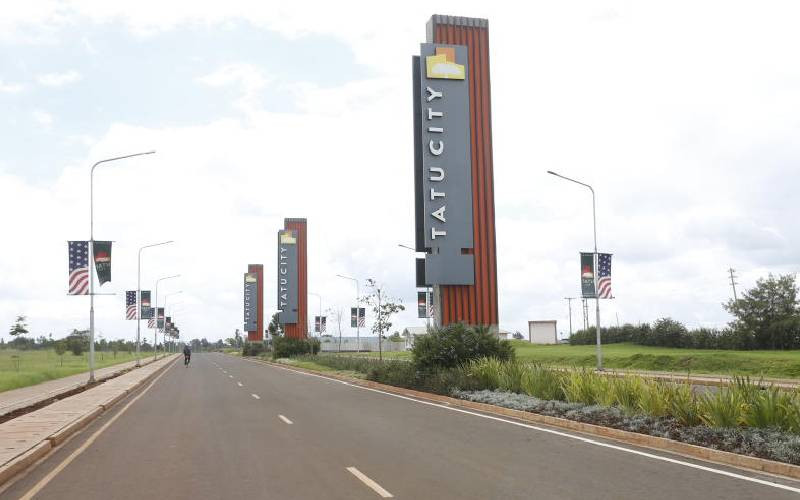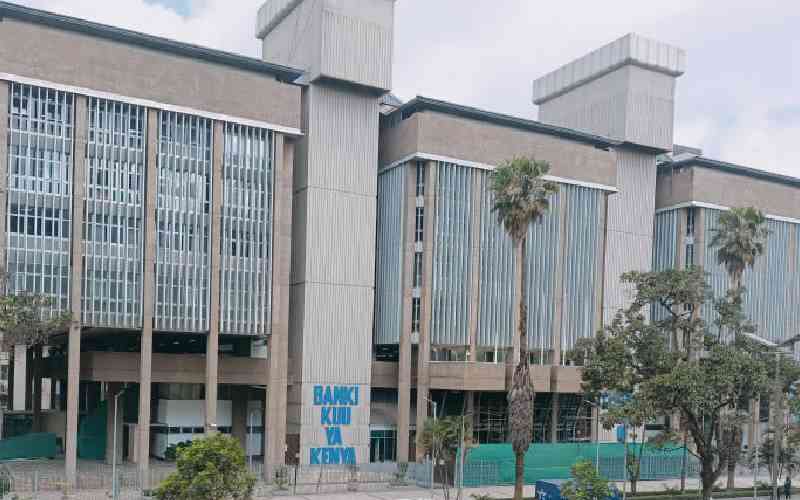×
The Standard e-Paper
Kenya’s Boldest Voice
If you are a real estate investor seeking to reap maximum returns, look outside Nairobi’s upmarket neighbourhoods. According to the latest price index report by real estate firm Hass Consult, it is more rewarding to invest in satellite towns just outside Nairobi than in the city’s suburbs.
The report says relatively lower land prices have seen most developers move to the outlying towns, pushing up housing prices and rental rates, and ultimately offering investors better returns.







